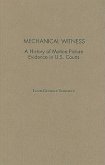
Gebundenes Buch
A History of Motion Picture Evidence in U.S. Courts
24. September 2009
Oxford University Press
| Broschiertes Buch | 36,99 € | |
| eBook, PDF | 15,95 € |
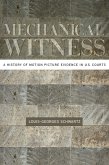
17,95 €
Sofort per Download lieferbar
Broschiertes Buch
A History of Motion Picture Evidence in U.S. Courts
1. September 2009
Oxford University Press
15,95 €
Sofort per Download lieferbar
Ähnliche Artikel
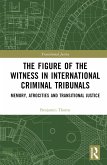
Gebundenes Buch
Memory, Atrocities and Transitional Justice
5. Oktober 2022
Taylor & Francis
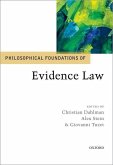
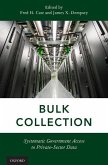
Gebundenes Buch
Systematic Government Access to Private-Sector Data
6. Oktober 2017
Oxford University Press
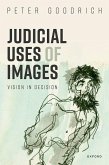

Gebundenes Buch
Wto and EC Law in Comparative Perspective
5. März 2010
Oxford University Press
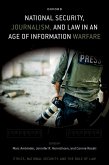
Gebundenes Buch
8. Oktober 2024
Oxford University Press
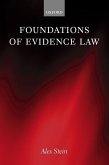
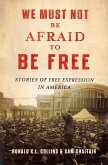
Gebundenes Buch
Stories of Free Expression in America
25. Februar 2011
Oxford University Press
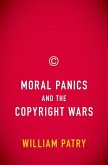

Ähnlichkeitssuche: Fact®Finder von OMIKRON
